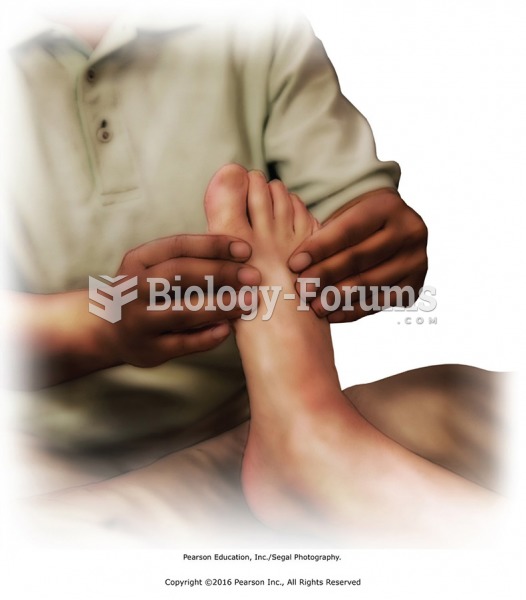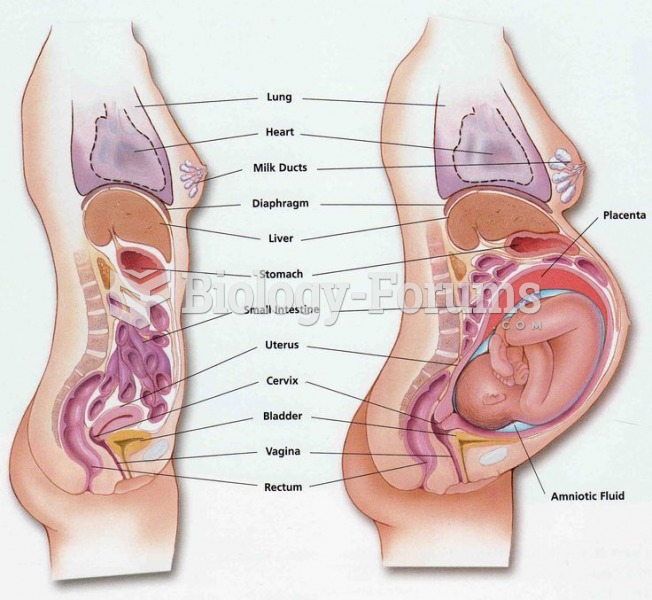Answer to Question 1
ANS: C
Edema in pregnancy
Swelling that worsens as the day progresses and gets better after rest and elevation is generally reported by pregnant women. Edema may be worse during warm weather or after prolonged sitting or standing. The woman should be questioned on the use of any type of constrictive clothing, such as pantyhose, girdles, or tight belts; nutrition, especially sodium and sugar intake; and medication use. There should be no numbness, strength or sensation loss, mental status changes, report of headaches, flashing lights, upper abdominal pain, nausea or vomiting, dyspnea, decreased fetal movement, or decreased urine output. Vitals signs, especially blood pressure, should be normal for gestational age. Abnormal blood pressure readings that need to be evaluated include (1) 120/75 mm Hg or higher in midpregnancy, (2) 130/85 mm Hg in the last trimester, (3) a systolic rise of 30 mm Hg or diastolic rise of 15 mm Hg over baseline, or (4) a variation of 20 or more in postural (orthostatic) blood pressures (Lindheimer & Akbari, 2000). The woman's weight gain should be noted. An increase of more than 2 pounds per week should be investigated. Cardiac and pulmonary status should be evaluated. Deep tendon reflexes should be normal, and urine dipstick should be negative or no greater than a trace for protein. The location, amount, and extent of the edema should be documented. Worrisome symptoms include edema that does not respond to rest and leg elevation, rapidly progressing or generalized edema, hard or painful veins or legs, and temperature changes to the extremities.
Answer to Question 2
ANS: D
Fatigue usually occurs during the first and third trimesters of pregnancy. First-trimester fatigue is often associated with the physical and psychosocial pregnancy changes. Fatigue may also be indicative of a more serious physical, emotional, or dietary problem. The woman may experience a higher than expected amount of fatigue despite a normal amount of energy expenditure and sleep. Vital signs and physical examination, with attention to the thyroid, cardiac, and pulmonary systems, should be normal. Weight gain during the pregnancy should be noted. A CBC and thyroid function tests (TSH and free T4) are reasonable choices for screening.







